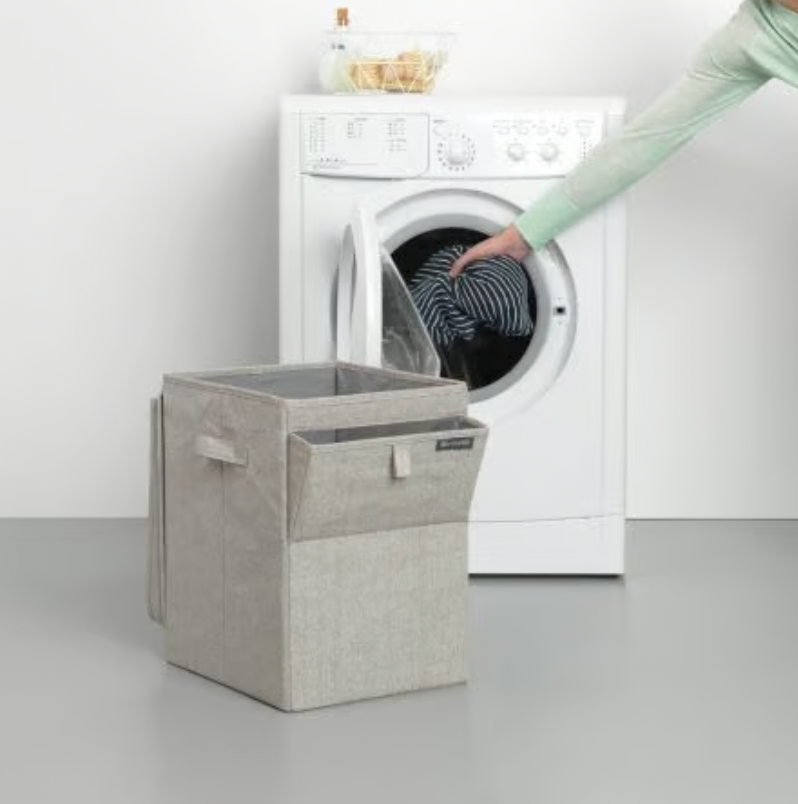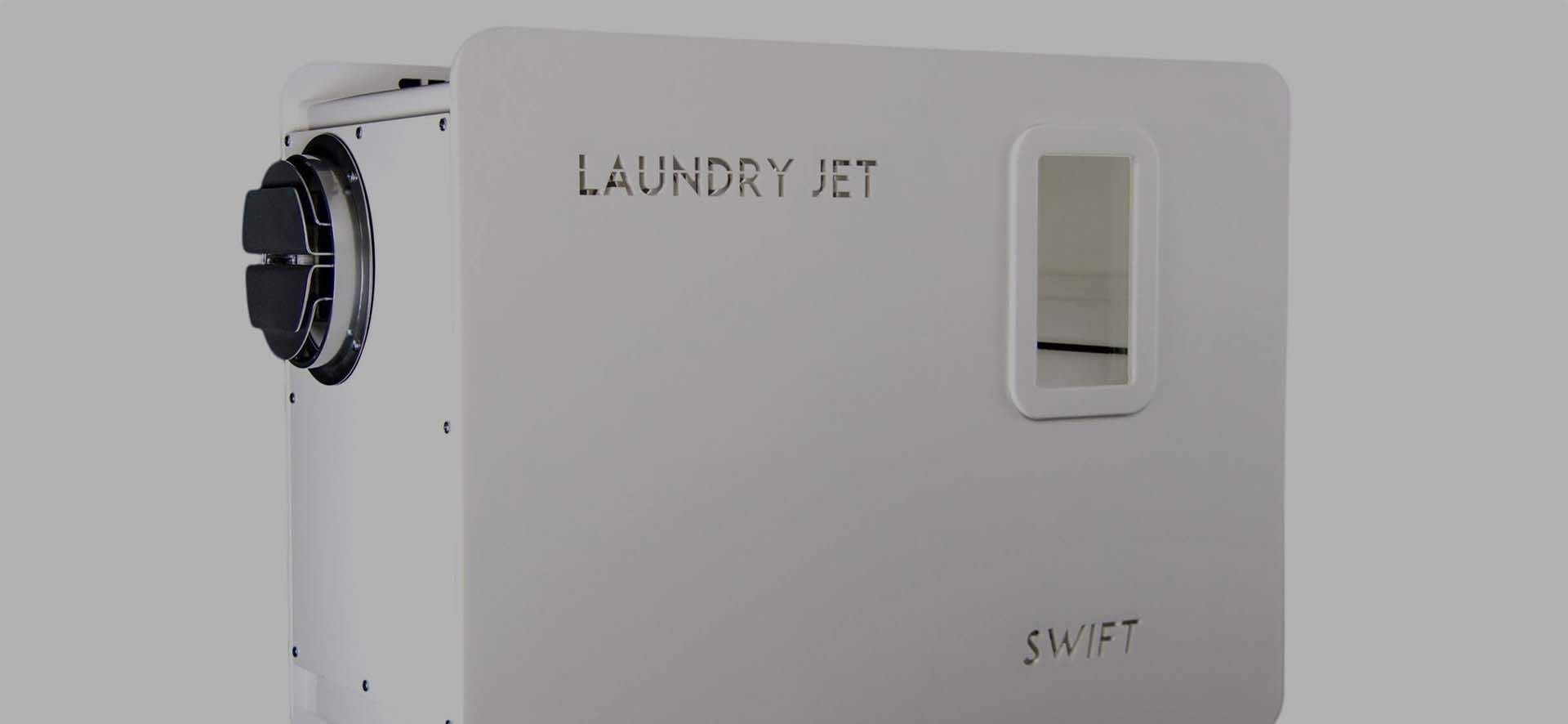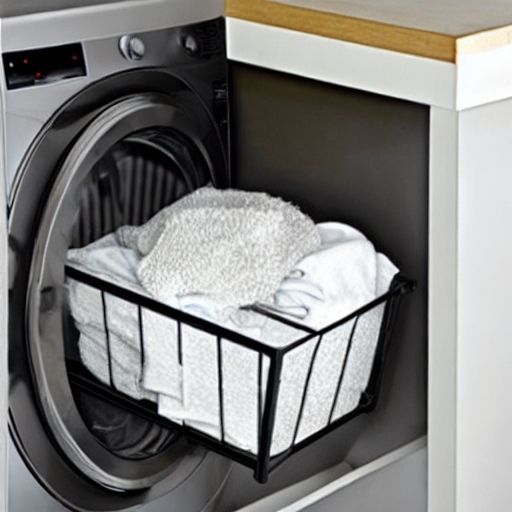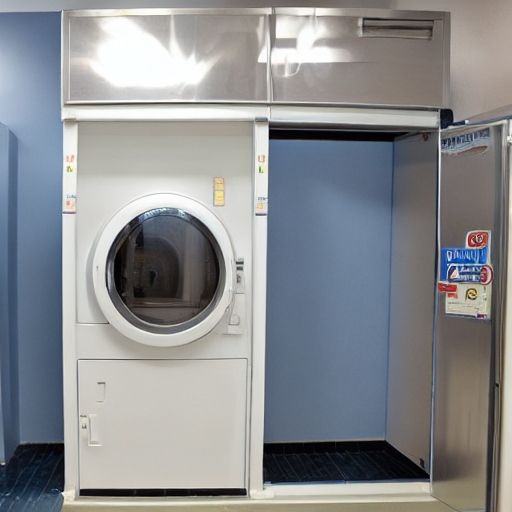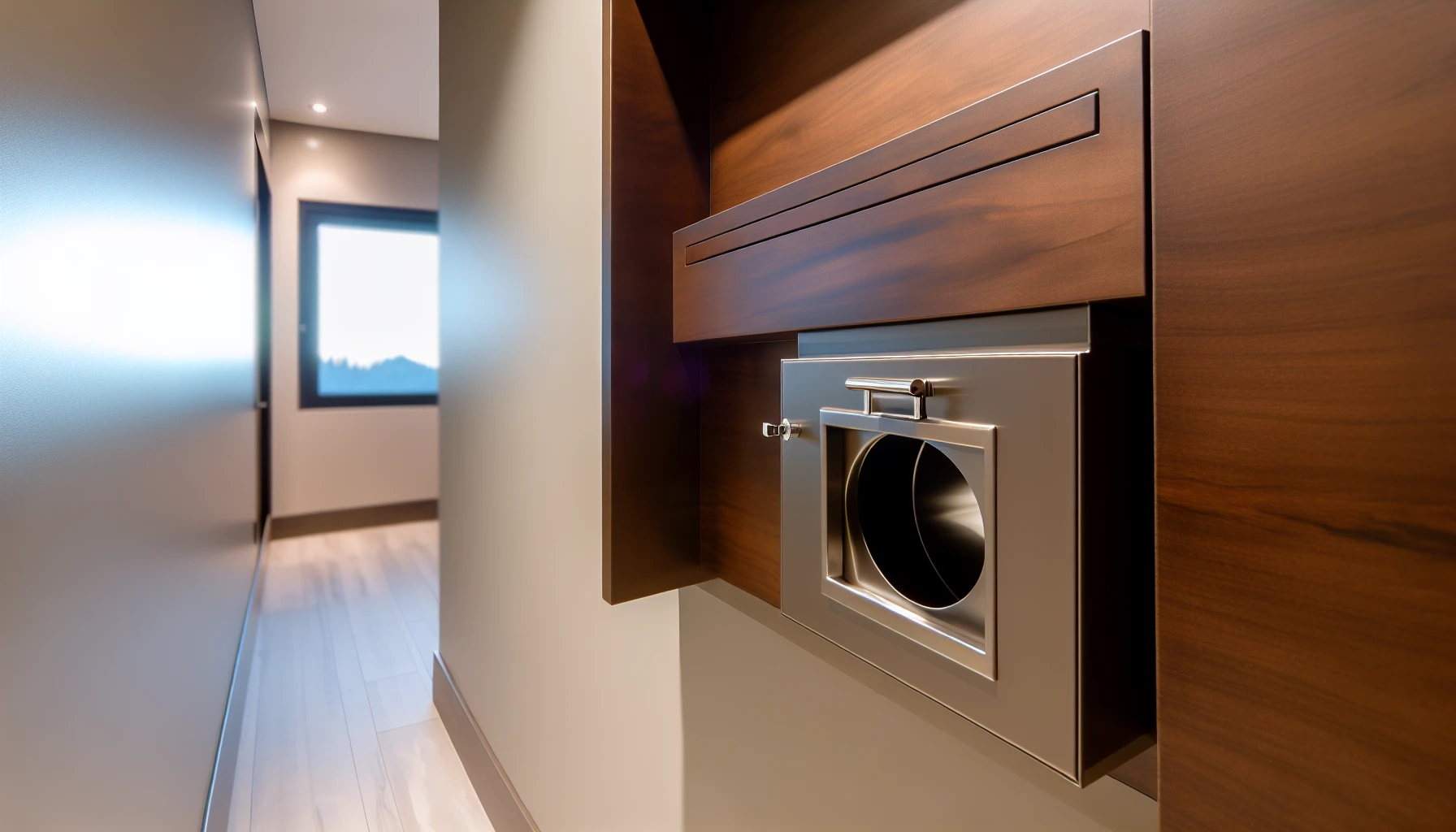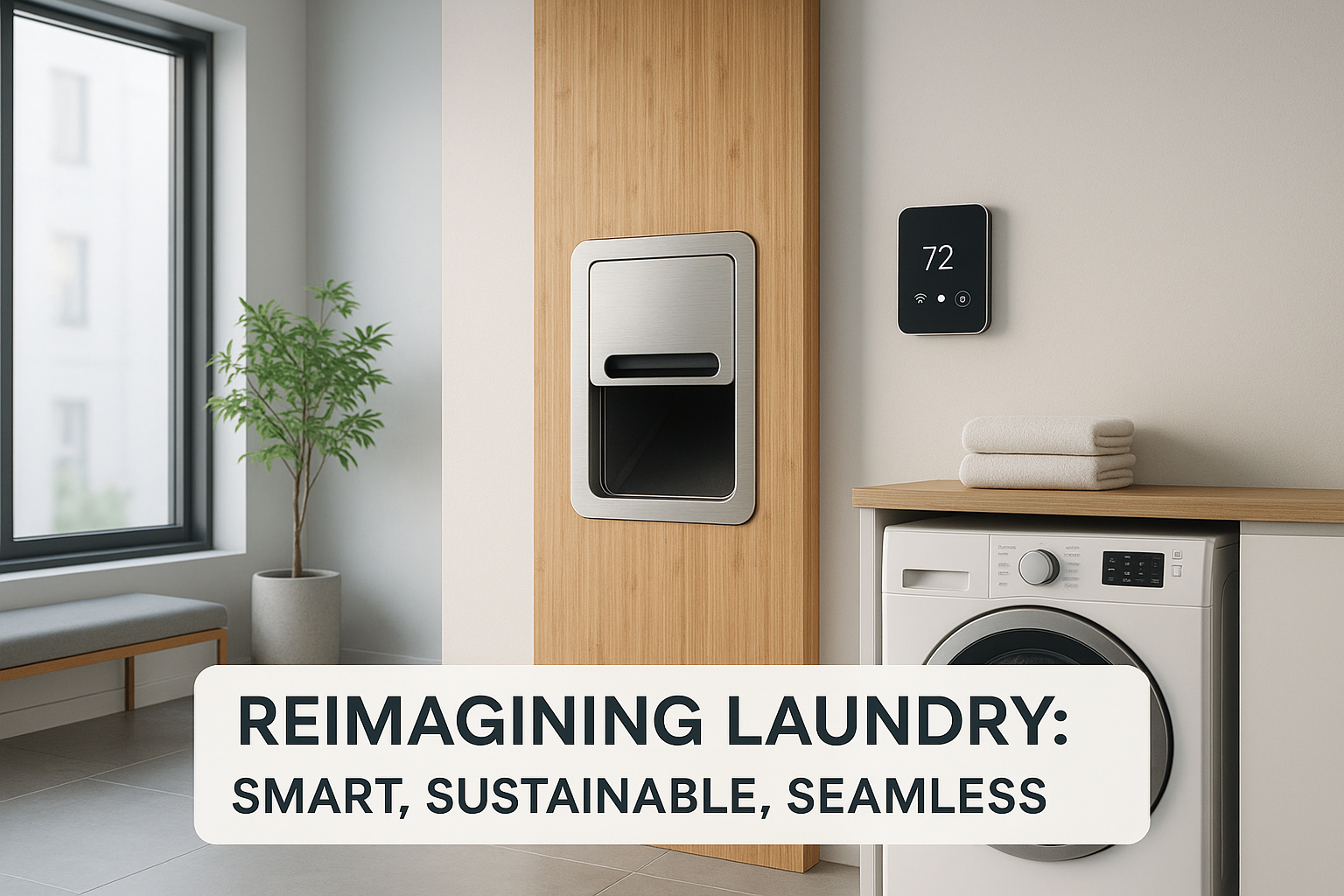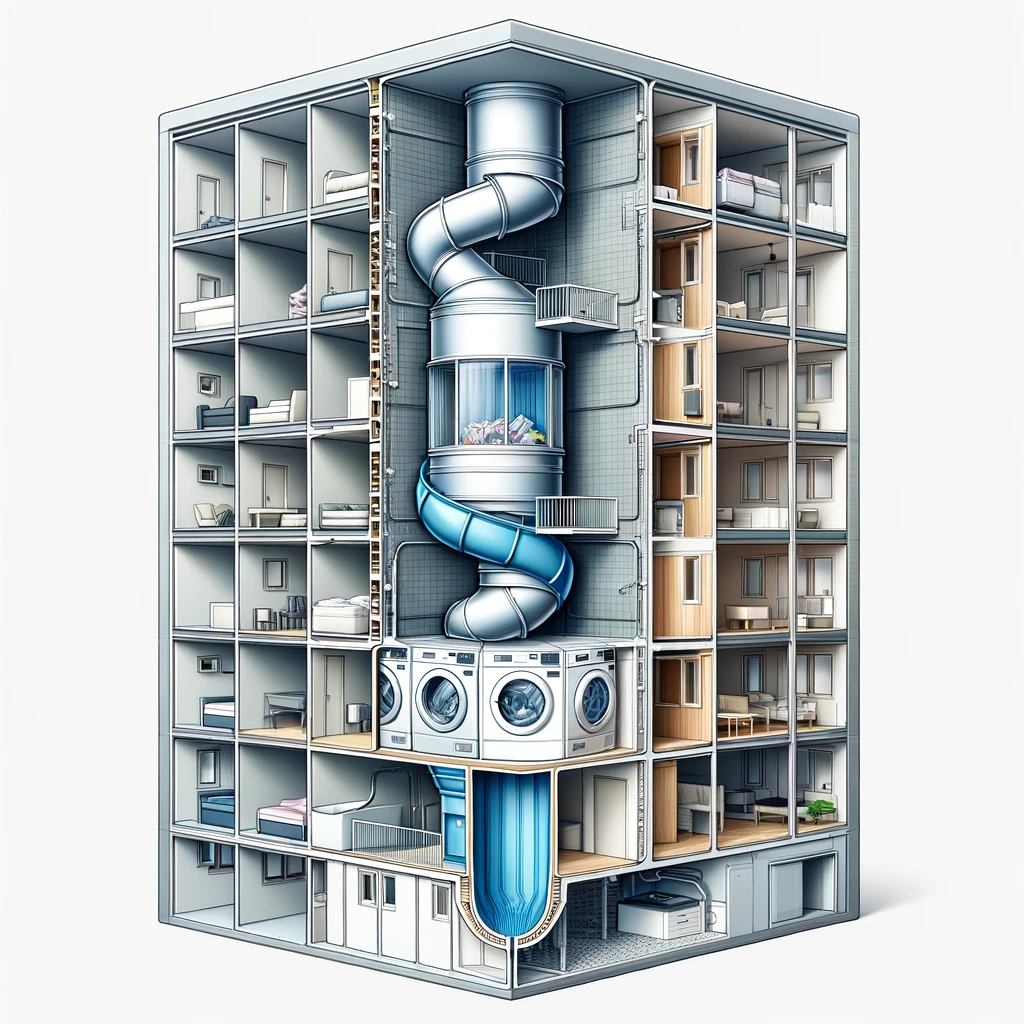Laundry Suckers Review - What's The Truth About Them?
We have tested out the best laundry suckers on the market today and found out what they really do. Find out if they're worth buying or not!
Laundry Suckers are small devices that fit onto your wall (or inside a cabinet), near your washing machine. They transport clothes needing to be cleaned by a laundry vacuum system, they make very little noise as this happens. The device was invented by Drew Henry. A Laundry Jet is basically a vacuum that sucks clothes from any part of the house to where you would like to wash them.
Is There Any Proof That They Work?
In our tests we found that the majority of them work, the popular 'Laundry Jet' can in some cases struggle with potential installation problems, but once these are fixed they work great. Some people claim that the 'Laundry Jet Plus' unit works better than the 'Laundry Jet Swift' unit. If you would like to find out whether they work or not, then watch our reviews on the main Laundry Sucker (Laundry Jet) page.
Do They Really Save You Time?
It seems like everyone has heard of these products before, but how much do they actually save you time? Well, we've done the research and here's what we found. Have you ever wondered if you absolutely have to separate colours from whites? A recent Twitter poll indicates that 48 per cent of people don't. The laundry sucker has ports that help you to organise your washing into piles that might otherwise become a messy chore without the organisational benefits 'Laundry Jet' can provide.
Does It Matter Which One You Buy?
There are two main types of laundry suckers available; one is called 'Laundry Swift', and the other 'Laundry Plus'. Both types work by transporting laundry from one (a multi-storey house) room to another room. The 'Laundry Plus' unit can store more ports, but the 'Laundry Swift' can look more aesthetically pleasing, with an acrylic finish. Both have the benefit of the Return Unit, sending back your clothes to a dedicated area after they are cleaned and dried.
Here Are Some Popular Q and A's About Them
Q - What if my children insert shoes or toys into the Laundry Jet ports?
A- Laundry Jet ports can be installed at any height to restrict access from very small children that might misuse the ports and we recommend 1200mm. The system is designed with a hard 90° elbow behind each port. If a toy or other item tries to enter the port, it must pass through a hard 90° elbow to enter the system. The rest of the system is made up of slow 90° and 45° elbows to allow a smooth flow through the pipework to be delivered to the laundry room. As with any appliance, you must always follow proper instructions and procedures when operating the Laundry Jet.
Q - How do I get 6″ pipe in my 4″ walls?
A- This is the most common misconception we encounter regarding the installation. The laundry Jet uses 6.25″ (159mm) SDR35 pipe and most standard walls are 100mm. The most common installation puts Ports in the bedroom on a wall with a length of pipe running up into the attic, downstairs in a cupboard, or in a pipe chase and boxed in. For multiple floors or where there is no closet or attic space, the pipe is generally boxed in to hide it. On new build developments, the pipe paths can easily be designed into the plans.
Q - Can the Laundry Jet be retrofitted into an existing home?
A- Retrofitting the laundry jet into an existing home is a straightforward process. All pipe runs are through the attic and then drop into existing cupboard space or into suitable existing sub walls. They can also be run on the surface and boxed in. See installation instructions for more information.
Q - Can Laundry Jet send clothing upwards? My living area is downstairs, and my washing machine is upstairs.
A- Yes, the Laundry Jet can send clothing in any direction from multiple locations. The laundry Jet does not require gravity.
Q - Can I send clean laundry back with the Laundry Jet?
A- Yes, please check out the return unit in the product section of our site
Q - I have a one-story bungalow. Can Laundry Jet still work for me?
A- The laundry Jet was first invented with single-story homes and apartments in mind as without a second floor you can’t use gravity as is used in a traditional laundry chute. As the laundry jet uses a powerful vacuum it can move clothes in any direction over large distances. If you have your Laundry room on the same floor, a higher or lower floor with several locations it will transport your laundry, with no problem.
Q - I want to install a laundry Jet in a care home or hotel. Does it only work for residential homes?
A- Laundry Jet commercial units are designed to handle heavy-duty applications. These systems allow the transport of laundry over long distances (300m) as well as the ability to incorporate multiple Jet Pack devices for delivery to various laundry processing locations as needed for multiple large numbers of separate rooms. Contact us at info@easylinelaundrychutes.com to discuss commercial installation requirements for your powered laundry chute.
Q - My home has several floors. Can we still install the Laundry Jet?
A- Yes, the Laundry Jet can work with multi and single-story homes no matter the floor location of the laundry room. In a residential application, laundry can be transported up to 60m to the laundry room in almost any configuration for easy port access.
Q - Does the Laundry Jet make a lot of noise?
A- The Laundry Jet wall-mounted unit will make some wind noise when in use, (approx. 77 dB) similar to a vacuum cleaner, but you can vent the diffuser on the side of the unit outside or back up to the attic to reduce noise if needs be. The standard jet pack has an air diffuser to reduce wind and noise. The Laundry Jet ports do not make any significant noise in the bedrooms, more of a gentle whisper.
Q - What happens if my clothing does actually get stuck in the laundry system?
A- The laundry jet system is designed to keep items that will not pass through the entire system from successfully entering the ports as the throat is a little narrower than the pipe. If an item does get caught it simply restricts the suction in the system to any port located behind the blockage. Because of this, it is easy to locate and remove blockages if one does occur. Blockages that get past this point can be removed by snaking the system from the nearest port. (Simple standard pipe-unblocking snake device is available online or at most DIY stores). However, in 99% of the cases, blockages can be cleared more easily by providing back pressure to the nearest port while the system is engaged, doubling the directional push force. (A standard leaf blower is recommended). As mentioned before this is very unlikely as proven by our years of in-field testing and user experience but takes only minutes to clear if it does occur. Finally, it is good practice to install Y fittings with clean-out ports on the main trunkline for mid-system access (usually attic or crawl space accessible).
Q - If I want to, how do I clean my Laundry Jet System?
A- As the system is for transporting already dirty clothing, they will all be washed on the other side. However, if something badly soiled smears the inside of the pipe the regular cleaning method of running a 6” foam ball wrapped in a simple Clorox wipe or similar through the system a few times from each port is the standard cleaning practice. You can also snake the system with other accessories and there is access from clean-out ports for more extensive cleaning if needed.
Q - How many laundry ports can we install?
A- The Laundry Jet Plus has the option of up to 8 ports and the top of the range Laundry Jet Swift can handle up to 4 ports. Both with a maximum of 60m of pipe.
Q - My laundry room is in my garage. Can I install the Laundry Jet there?
A- Yes, the Laundry Jet can be installed wherever you do your laundry as long as there is access and a power outlet.
Q - Does the Laundry Jet consume a lot of electricity?
A- No. the usual maximum timer setting of 20 seconds ensures all dirty clothes arrive in the laundry room in even the largest home but is used intermittently when people undress or change bedding etc. In normal use the Laundry Jet will just be taking a few items at a time as you discard them so will never be running for extended periods.
Q - Can the Laundry Jet separate dark and light clothing?
A- Not unless you install two units.
Q - Can I install the Laundry Jet myself?
A- Yes, this product was designed with medium experience to advanced DIY’ers in mind. We have a 90-minute online course for all installers so they can become “certified” which includes video, manuals and a final exam. Our warranty is dependent on the successful completion of this course.
Conclusion
If you're looking for a new way to transport your clothes safely, then laundry suckers might be right for you. They're easy to use and effective at transporting clothes quickly. So, if you're looking for a way to save money and time, then laundry suckers are definitely worth trying out.

